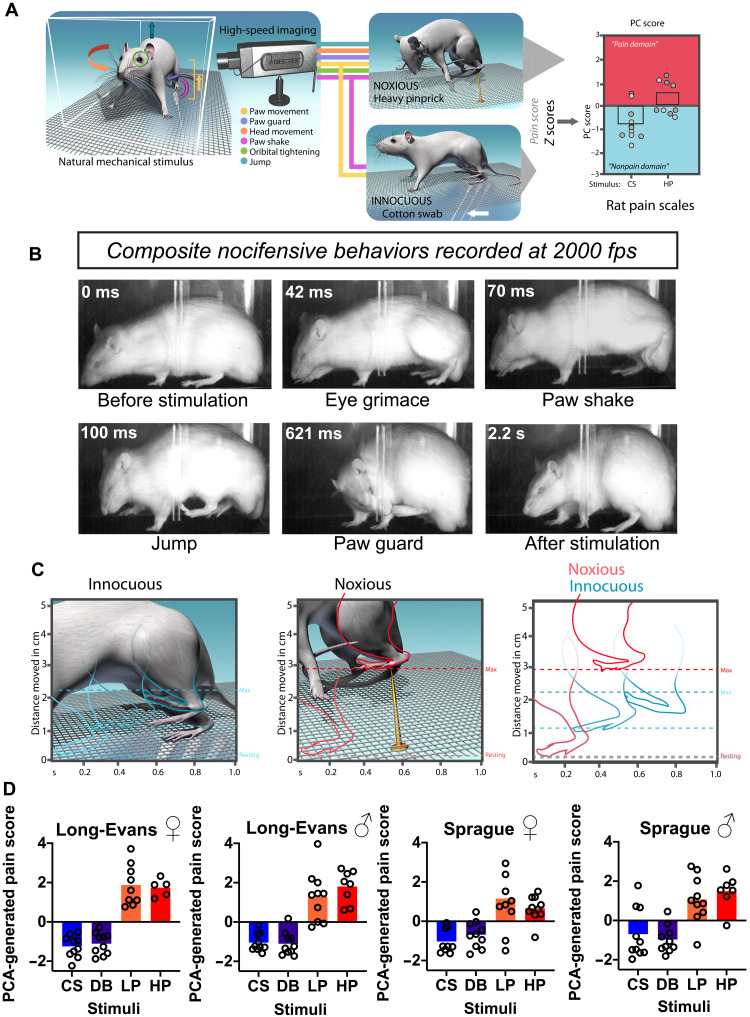Fig. 1. Temporal mapping of affective behaviors, paw kinematic, and principal components analysis–generated pain scores of rats in response to mechanical stimuli.
(A) Schematic of behavioral procedure and analysis showing lateral placement of high-speed camera in relation to freely behaving rat. Note that the camera lens captures the entire lateral area of the rat. PC, principal component. (B) Representative single-frame images taken from high-speed videos of a Sprague-Dawley rat following stimulation with an LP. Each frame captures a distinct nocifensive behavior: eye grimace/orbital tightening (42 ms), paw shake (70 ms), jumping (100 ms), and paw guard (621 ms) fps, frames per second. (C) Schematic of hind paw kinematic movements evoked by innocuous (CS and DB) or noxious (LP and HP) stimuli. Paw height (shown on the y axis) is the distance from the mesh floor to the highest point following paw stimulation, while paw speed (shown on the x axis) is the distance from the initial paw lift to the highest point divided by the time in seconds between the two points. (D) PCA-generated pain scores for Long-Evans and Sprague-Dawley female and male rats following stimulation with innocuous (CS and DB) and noxious (LP and HP) stimuli. Negative values are indicative of “nonpain-like,” whereas positive values represents “pain-like” responses.

